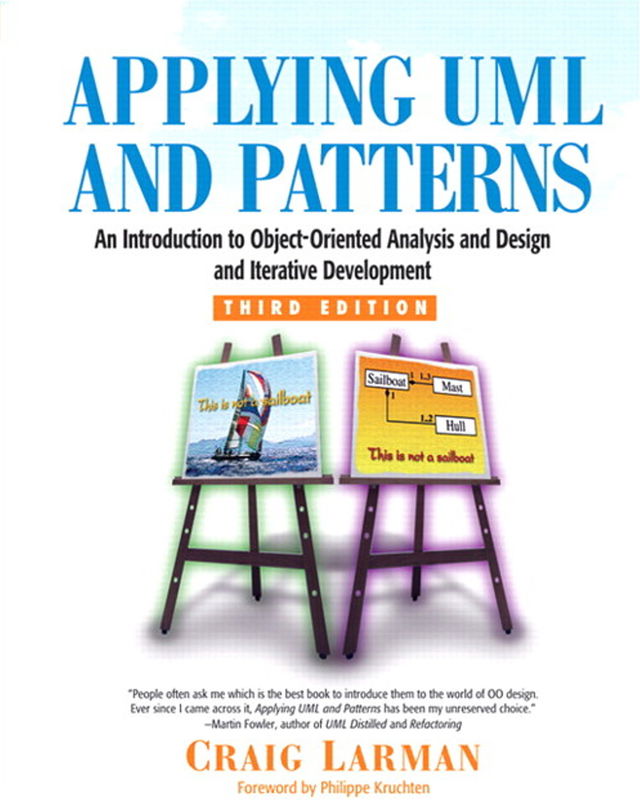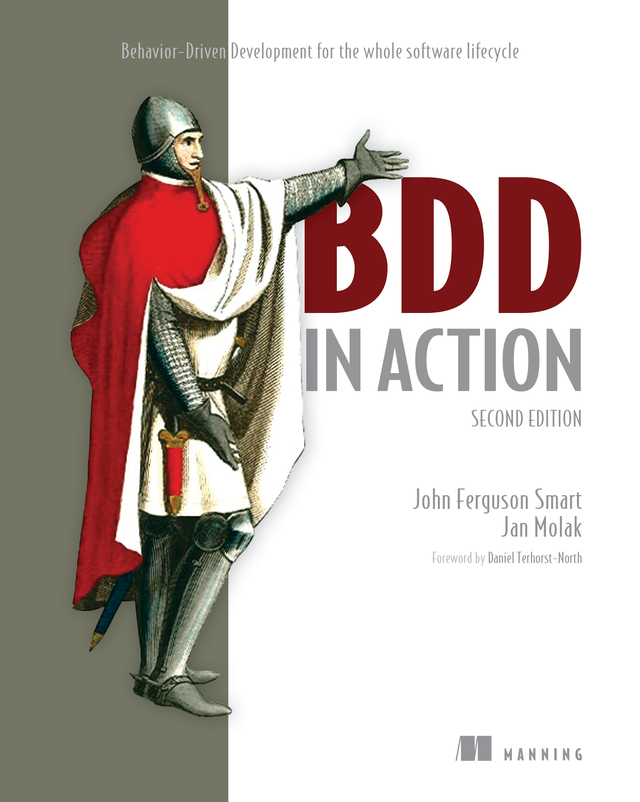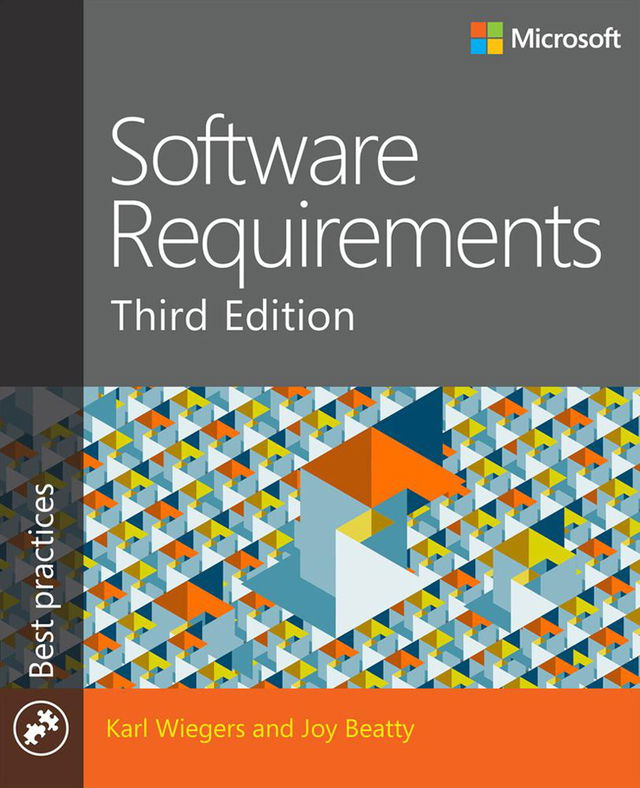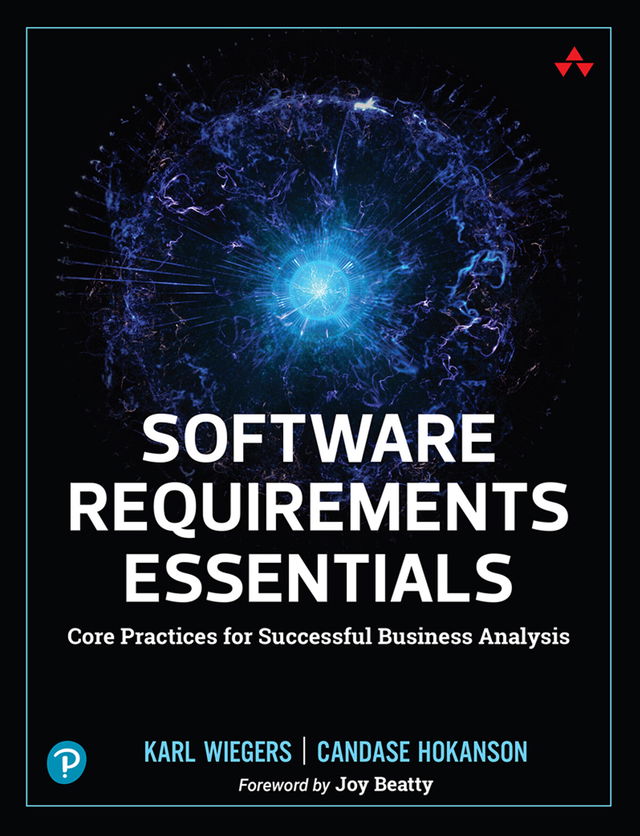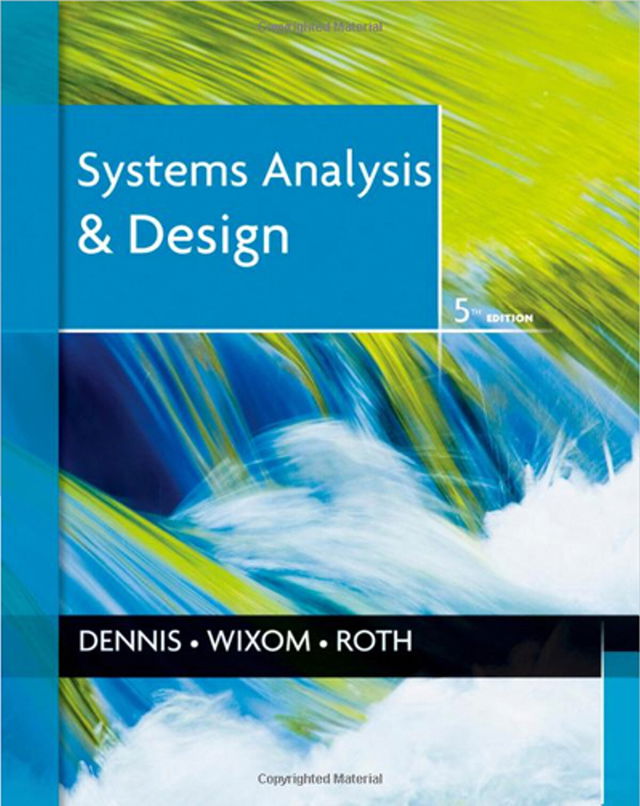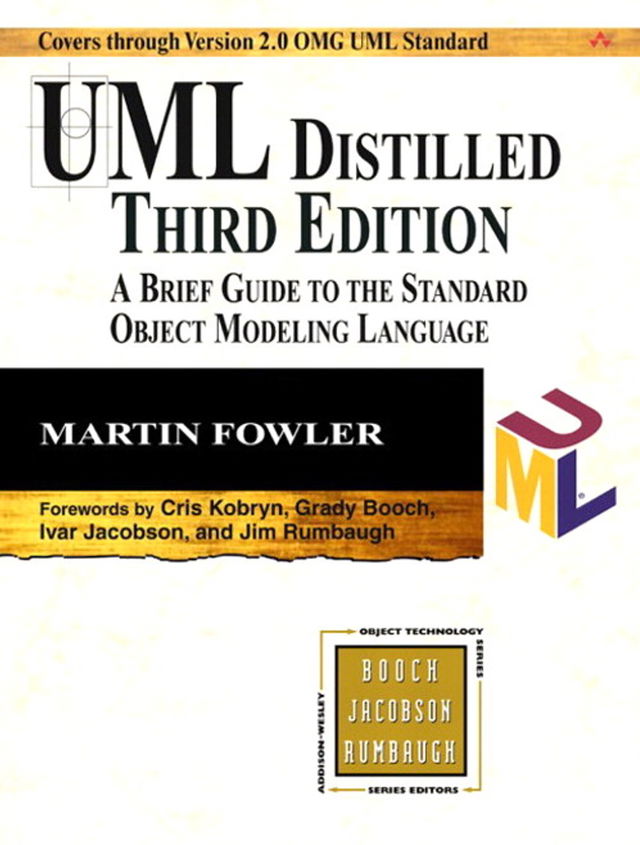Applying UML and Patterns is the world’s #1 business and college introduction to “thinking in objects”—and using that insight in real-world object-oriented analysis and design. Building on two widely acclaimed previous editions, Craig Larman has updated this book to fully reflect the new UML 2 standard, to help you master the art of object design, and to promote high-impact, iterative, and skillful agile modeling practices.
Developers and students will learn object-oriented analysis and design (OOA/D) through three iterations of two cohesive, start-to-finish case studies. These case studies incrementally introduce key skills, essential OO principles and patterns, UML notation, and best practices. You won’t just learn UML diagrams—you’ll learn how to apply UML in the context of OO software development.
Drawing on his unsurpassed experience as a mentor and consultant, Larman helps you understand evolutionary requirements and use cases, domain object modeling, responsibility-driven design, essential OO design, layered architectures, “Gang of Four” design patterns, GRASP, iterative methods, an agile approach to the Unified Process (UP), and much more. This edition’s extensive improvements include
- A stronger focus on helping you master OOA/D through case studies that demonstrate key OO principles and patterns, while also applying the UML
- New coverage of UML 2, Agile Modeling, Test-Driven Development, and refactoring
- Many new tips on combining iterative and evolutionary development with OOA/D
- Updates for easier study, including new learning aids and graphics
- New college educator teaching resources
- Guidance on applying the UP in a light, agile spirit, complementary with other iterative methods such as XP and Scrum
- Techniques for applying the UML to documenting architectures
- A new chapter on evolutionary requirements, and much more
Applying UML and Patterns, Third Edition, is a lucid and practical introduction to thinking and designing with objects—and creating systems that are well crafted, robust, and maintainable.
